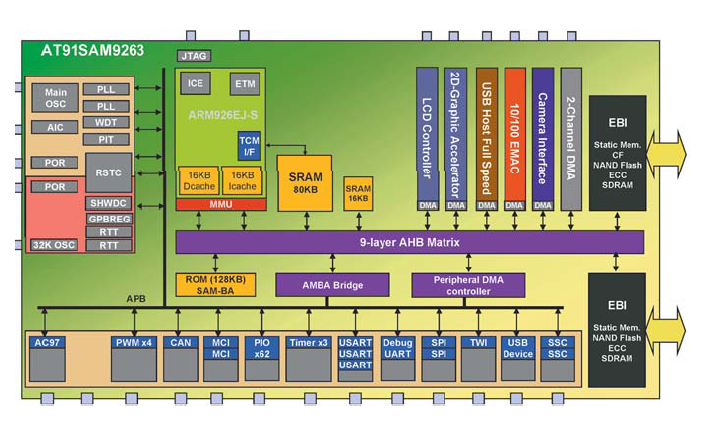SOC Bus Protocols
What is SOC and what are SOC Bus protocols?
An SOC (System on Chip) design of modern times consists of high level of integration of several design components (also known as IP -Intellectual property) which is possible with the shrinking process technologies. In other words, a SOC is truly an IC that implements most or all of the functions of a complete electronic system.
A typical SOC design might include one or more programmable components such as general-purpose processors cores, digital signal processor cores, or application-specific intellectual property (IP) cores, as well as an analog front end, on-chip memory, IO devices, and several other application-specific circuits.
One of the biggest challenge in SOC design is the on chip communication between the different components. The different bus protocols used for interconnection has a big impact on the performance of the SOC design
Most of the times, the IP cores are designed with many different interfaces and communication protocols and this can be a problem while integrating into an SOC. To avoid this problem, standard on-chip bus structures and protocols were developed. Some of the publicly available bus architectures from leading manufacturers are CoreConnect from IBM , AMBA from ARM , SiliconBackplane from Sonics.
In this tutorial, we will first learn about the most common of those which is the AMBA family of bus protocols
AMBA Bus Protocol:
The ARM Advanced Microcontroller Bus Architecture (AMBA) is an open-standard, on-chip interconnect specification for the connection and management of functional blocks in SOC designs.
Read more

